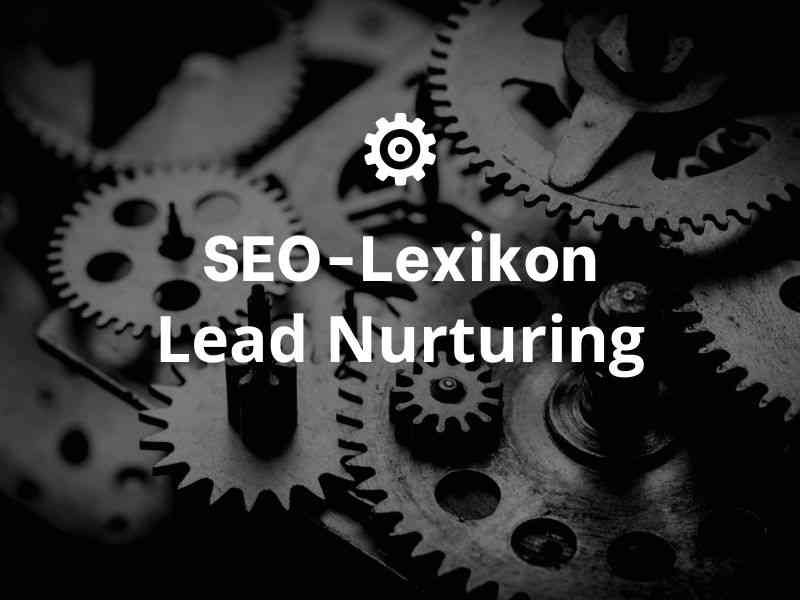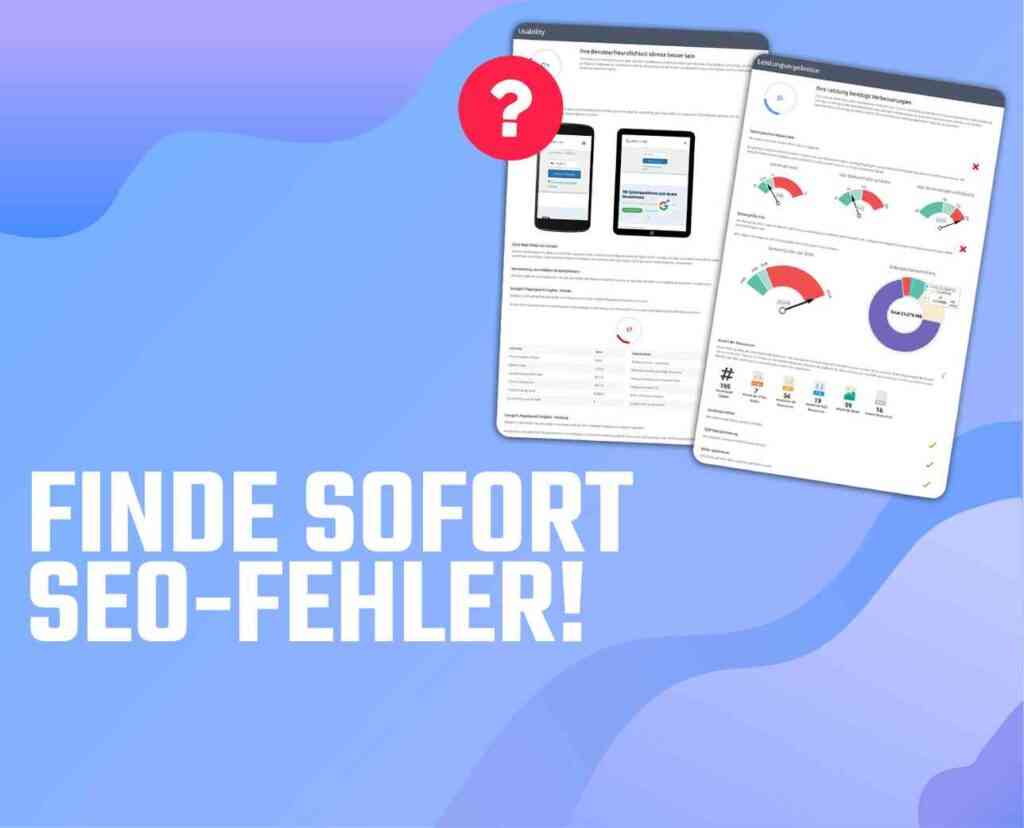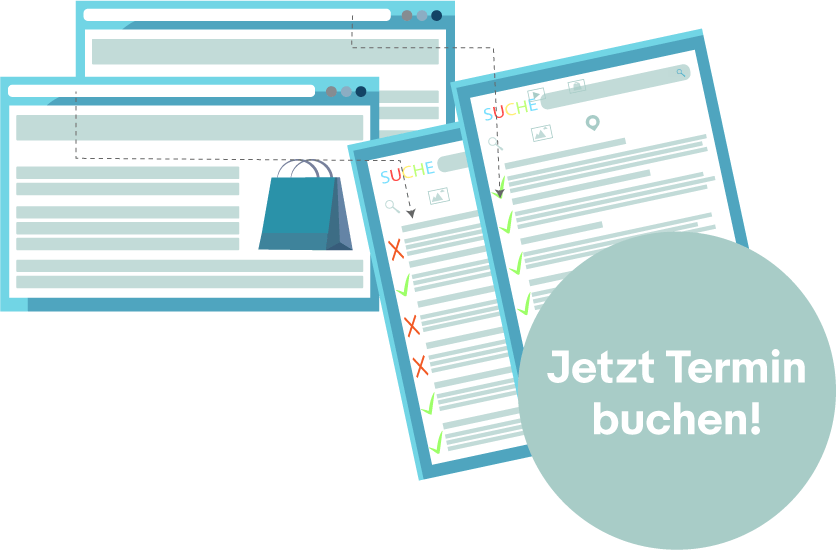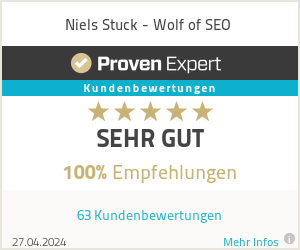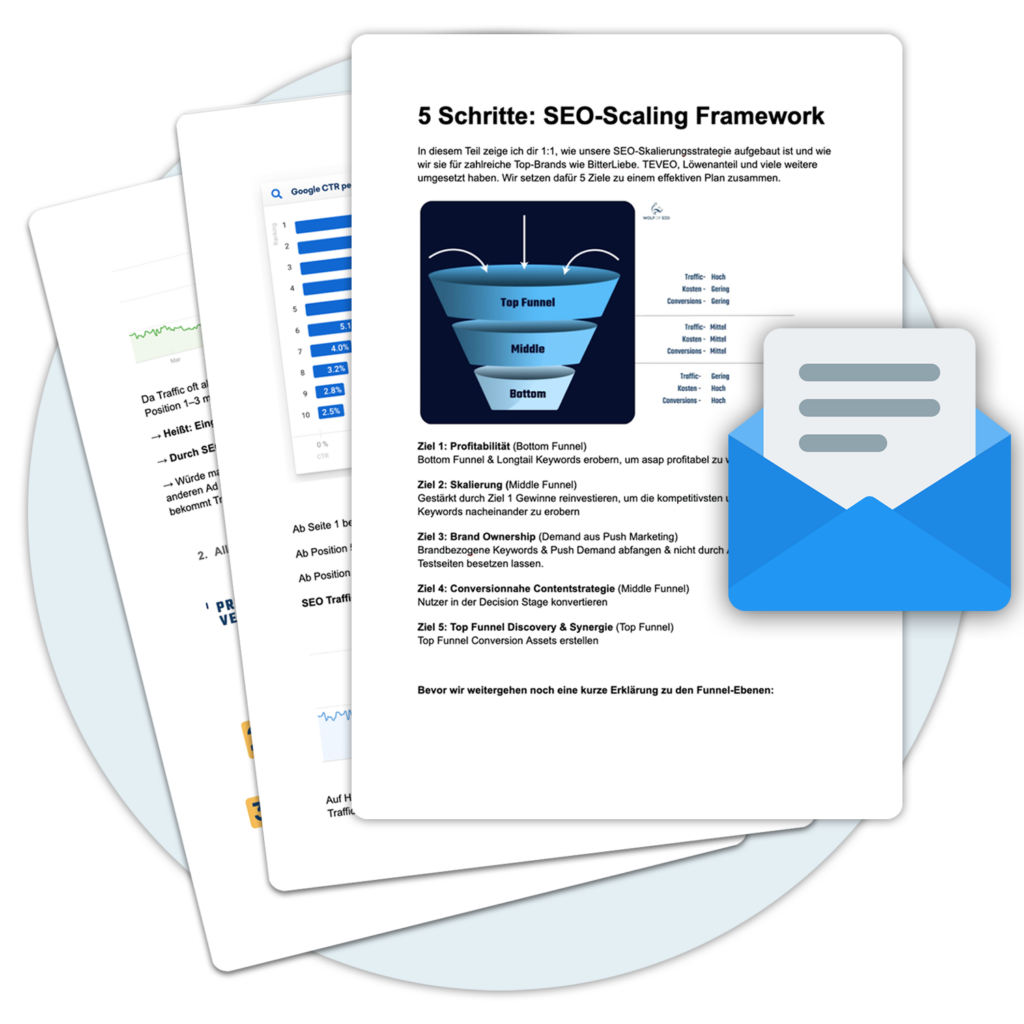Only 21% of unmanaged leads will ever make a purchase. Here are the benefits, channels, and strategies that will help your prospects make a purchase more efficiently.
What is Lead Nurturing?
Lead Nurturing is the process by which you build relationships with your customers and guide them through the Buyer's Journey to the conclusion of the purchase.
Since the invention of moveable types, sellers have bombarded buyers with advertising - and as the amount of advertising increases, so does our ability to avoid it.
Spam blockers reject about 2.4 billion emails every day, we can fast-forward through commercials, and over 240 million people are on the ever-growing National Do Not Call Registry. Add to that the fact that every customer you acquire has to see your ads an average of seven times before they buy.
How should companies reach their ideal customers in the digital age and motivate them to buy?
Traditional methods no longer work; buyers don't want to be pestered or sold to - they want to be helped. There are better ways for your business to generate quality leads and effectively persuade them to make a purchase.
And this is where the Lead Nurturing into play.
The definition of Lead Nurturing
Basically Lead Nurturing the process by which you build relationships with your customers and guide them through the Buyer's Journey to the conclusion of the purchase.
Imagine the Lead Nurturing as a guide, dropping educational breadcrumbs for potential customers to follow. With each crumb he picks up, he learns more about how you solve his problems and ultimately persuade him to make the purchase that will help him achieve his goals.
You should use a lead-nurturing strategy to reach out to your prospects and answer their questions at just the right time (as author and inbound marketing advocate Marcus Sheridan describes in his book, They Ask, You Answer). This way, you can ensure that the information you share with them is actually helpful and is exactly what they need at that point in the buying process to move on to the next stage.
Advantages of Lead Nurturing
Before you go down the rabbit hole and try different Lead Nurturing-campaigns, it's helpful to know why your company Lead Nurturing should be used at all.
Lead Nurturing can be very complex, spanning multiple channels that all need to be synchronized and work together, such as perfectly timed calls-to-action, pop-up forms, and emails. Companies that are successful call Lead Nurturing as one of the most effective pieces of the inbound marketing puzzle and have found that
- 50% more sales-ready leads. (Source: Marketo)
- 4-10 times higher email response rate. [Source: Active Marketing]
- 45% more ROI. [Source: MarketingSherpa]
- 47% more purchases from nurtured leads. [Source: The Annuitas Group]
Without nurturing, 79% of your leads will never convert into sales. So you see, if you take the time to nurture your leads, you can get incredible results.
Your potential customers may find you because of your great Content marketing- and search optimization work and then convert - but they never buy from you. If your customers don't know where, how and what to do next, there's a good chance they'll bounce.
Here, we'll explain what you should consider when planning your own lead-nurturing strategy to prevent them from doing so.
In order to help with the Lead Nurturing to be successful, you must first ensure that all channels and content work together in a way that your customer can see how you solve their problems and what steps they need to take next.
Lead Nurturing Channels
Many who Lead Nurturing know, think it only applies to email campaigns, but you can reach your potential customer with any combination of channels along the Buyer's Journey help
Effective Lead Nurturing-channels can be:
- Social media: Engage your potential customers on social media with surveys and entertaining and educational content that can be helpful in reaching potential customers who want your products and service.services not know or do not respond well to emails.
- Retargeting: When someone comes to your website and leaves, but then your ads are displayed on another website, such as Facebook or other social media sites.
- Website content: These can be blog articles, landing pages, calls-to-action (CTAs), and personalization.
- Email marketing: Emails should be automated and can include follow-ups, news, blog articles or more in-depth information.
- Events and Webinare: These are for serious prospects who really want to dive in.
If you think about which channels work best for your own prospects (where are you most likely to reach them?), you can use that knowledge to improve your overall lead-nurturing strategy. Again, the most important thing is to reach them where they are and when they need you.
6 Tips for your Lead Nurturing Strategy
Now that you've seen the benefits of Lead Nurturing know what channels you can use, there are six things to keep in mind as you develop your strategy:
1. use the Buyer's Journey
One of the most important aspects of the Lead Nurturing is that it picks up your potential customers where they are in the Buyer's Journey are located:
- Awareness (at the beginning of the sales funnel): This is where the buyer becomes aware that they have a problem. Here you should focus on getting better organic traffic results with informative content like blog articles and social media posts to solve the problem.
- Considerations (center of the sales funnel): Hier haben die potenziellen Kunden ihr Problem erkannt und suchen nach Möglichkeiten, es zu lösen. Hilfreiche Inhalte in dieser Phase sind z. B. vergleichende Blogartikel, Ebooks, Whitepaper und Webinare.
- Decision (at the end of the sales funnel)When your prospects get here, they're ready to buy (or not). Content aimed at buyers at this stage should help them make that decision. Think testimonials, product reviews, even free trials - whatever your ideal customers need to take the plunge or at least try out your business.
When you create content that aligns with these stages, you meet the buyer where they are mentally. You address their needs and questions and help them move to the next stage naturally and comfortably.
Here is an example of a perfectly timed Lead Nurturing Campaign along the Buyer's Journey:
Let's say you sell handmade, high-quality gardening tools and a novice gardener is looking online for the quickest and easiest way to create a new garden bed.
The gardener finds your blog article, "The Best Methods for Preparing a New Bed," where he learns that extra sharp tools make clearing faster and easier. Now he knows he has a problem: He doesn't own any sharp tools suitable for the task!
A link on the page takes them further to an article that explores what tools are out there, including yours. They know what their options are, and now, in the consideration phase, they read on to learn even more about these tools, compare the options, and figure out which is best for the job.
They are aware that they have a problem, know that you solve their problem with your products, and are intrigued but not yet ready to buy. However, your website was so helpful that they sign up for your newsletter via a pop-up form and then leave your website.
After a few days, send them an email with even more information about gardening tools to keep them interested and remind them of your offers when they come back to learn more tricks.
In the meantime, they've been looking for other solutions and are in the decision-making phase. They've considered a few solutions, but none of your competitors have provided all that helpful information, so they read your company's reviews and choose your tools.
So you can make it easier for your potential customers to buy if you properly tailor your content to the stages of the Buyer's Journey tune. Every contact should be a gentle reminder that you and your products and services can help.
You'll likely have multiple paths leading to different products on your website, depending on what your customers need and what they're looking for. The trick is knowing who needs what and when. That makes the Lead Nurturing somewhat complicated, but that is precisely why it can be so effective.
2. personalize your speech
About 90 % of consumers say they are more likely to shop at companies that offer deals and products tailored to their own preferences and needs.
This doesn't mean writing their name in your email (although that can be helpful), but tailoring the content to their interests and needs at the moment. That way, your customers feel seen and understood.
Personalization can also make your content feel less generic. You want your customers to see this email and think, "This is exactly what I need right now. It feels like it was written for me." That might be a price list for someone who's in the decision-making phase of buying a car, or a buyer's checklist for someone who wants to buy a house.
The key to effectively personalizing your Lead Nurturing is to know exactly what your customers need and segment them accordingly (this is where buyer personas come in).
3. know your buyer personas
Buyer personas are semi-fictional representations of your customers - their demographics, challenges, communication preferences, lifestyle habits, and more. Knowing these ideal buyer personas helps you segment your website visitors and understand what content they want to see at each stage of the funnel.
Ideally, your buyer personas should be based on your real customers. Email your customers and ask them to fill out a short questionnaire. Explain that you're trying to improve their experience; most people are happy to help. Also ask a few questions when your customers visit your website and fill out a form on a pop-up or landing page.
However, try not to bombard them with questions. You can ask a few questions here and there, but make sure they are worthwhile by offering them something in return, such as entry into a sweepstakes or a discount.
4. contact your customers immediately
It's important to get back to your potential customers as soon as possible. If you wait too long, people will forget about you or already shop somewhere else.
The best time to contact them is when they are in the middle of their search. There's a fine line here, though, because you don't want to be a nuisance.
Send an email or call once a prospect has filled out a form. Don't just call to pressure them into buying, but to offer more information and help them with their search. Ask a few questions about how you can help.
Add follow-up content that is educational and answers the most frequently asked questions up front so that when your sales team calls in, they already have answers to some of the questions. This method, also known as "order selling," can help your sales team make more sales and shorten the sales cycle by allowing them to better focus on the right leads.
Make sure you send them to the most helpful landing pages for their needs, which may also happen to convert the most leads into customers.
5. use the automation
The perfect way to reach a potential customer in a timely manner is to set up an automated lead nurturing sequence or workflow.
These are triggered interactions (often emails) that are triggered when a shopper takes an action, such as when they purchase a E-Book downloads or signs up for a subscription to your blog.
The moment he fills in his data, a reaction is triggered to thank him and offer him more information or helpful tips.
For example, if someone provides their email address for a downloadable checklist on your website, you can proceed to send them an immediate email thanking them for their interest in your offer and providing them with links to other blog articles, courses, webinars, or freebies.
You can set up these workflows to send another offer a few days after the first email. Workflows are a great way to engage your prospects and send them content based on their interests.
Another example is the "choose your own adventure" approach for Lead Nurturing.
For example, this could look like this. One of the lead nurturing emails asks, "What is your biggest challenge and what would you like to learn more about?"
Customers can then choose which topic best describes their problems.
By asking your potential customers what they're looking for, it directs them down a better, more specific path. Based on their answers, you can send them content that's better suited to their needs.
6. apply lead scoring
Lead scoring is also a good way to get your Lead Nurturing Automate strategy. With this method, your prospects are segmented based on their engagement, location, or company size, so sales can prioritize who to target first.
Let's say your ideal client is a U.S.-based engineer working for a large company in the energy industry.
If a prospect signs up for your blog with the email address of a Fortune 500 construction company with more than 100 employees, you can set up your lead scoring system to give the prospect a high score.
However, if he is in a completely different industry and is based in Italy, you can deduct more points than he receives to make sure you know the person is not a good fit for you.
Then, when you want to target the ideal customers, you can focus on those who have a high score - and who you know are the best fit. You just need to make sure you understand how the scoring system can help you select your ideal customer, as you set the rules for scoring.
It can also help you segment your customers more efficiently so you know who your strongest prospects are. Every point awarded or deducted helps you narrow down your target audience.
Implementation of an optimized lead nurturing campaign
It's clear that in the digital age, when your customers turn away from the barrage of advertising, they're more likely to respond to companies that help them find what they want and need, and then persuade them to make a purchase.
These tips for nurturing leads are among the most effective ways to get them to engage with your content and later buy from you. Meet your target audience where they are. Cut through the generic marketing jargon and tell your ideal customers about the products and services they need - right when they need them.
« Back to Glossary Index

